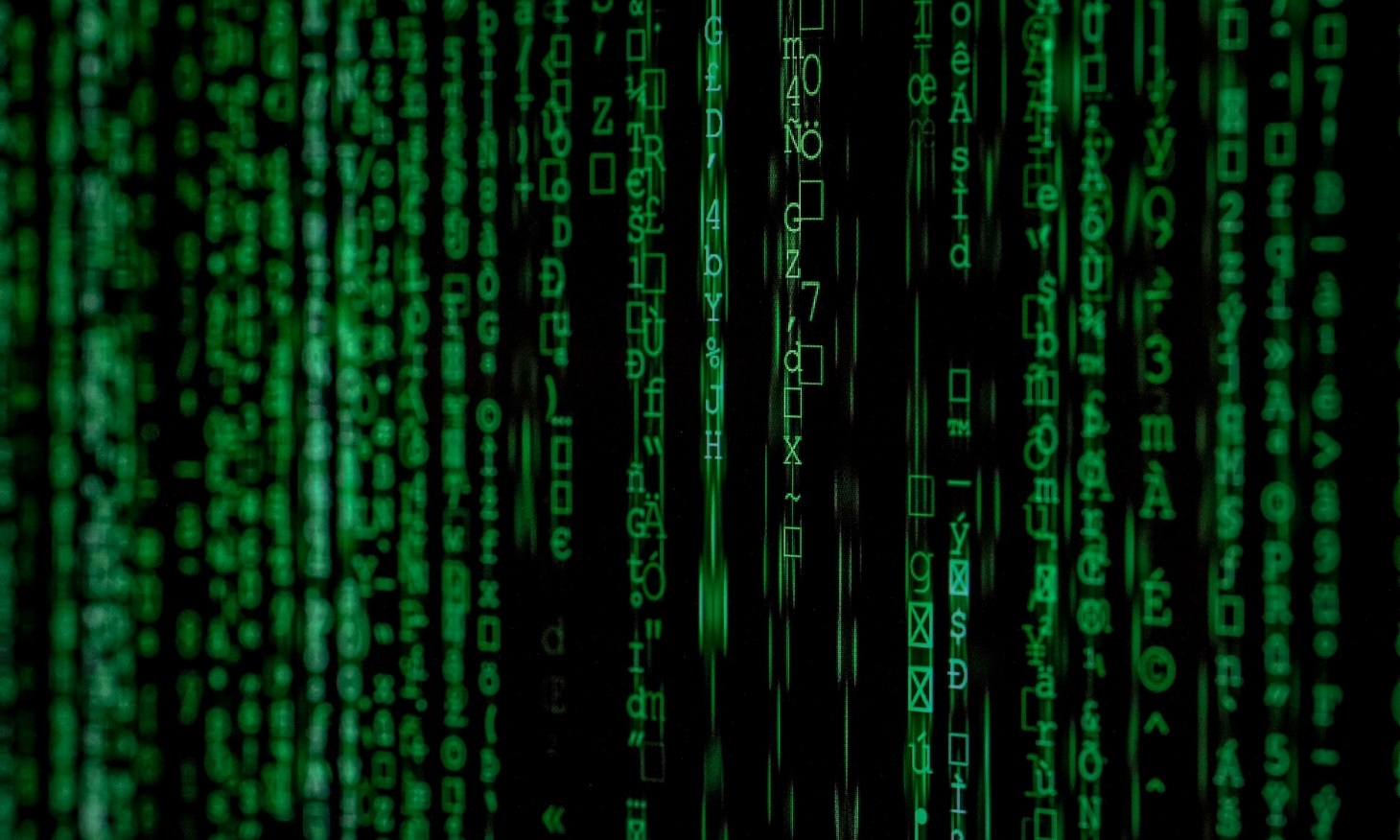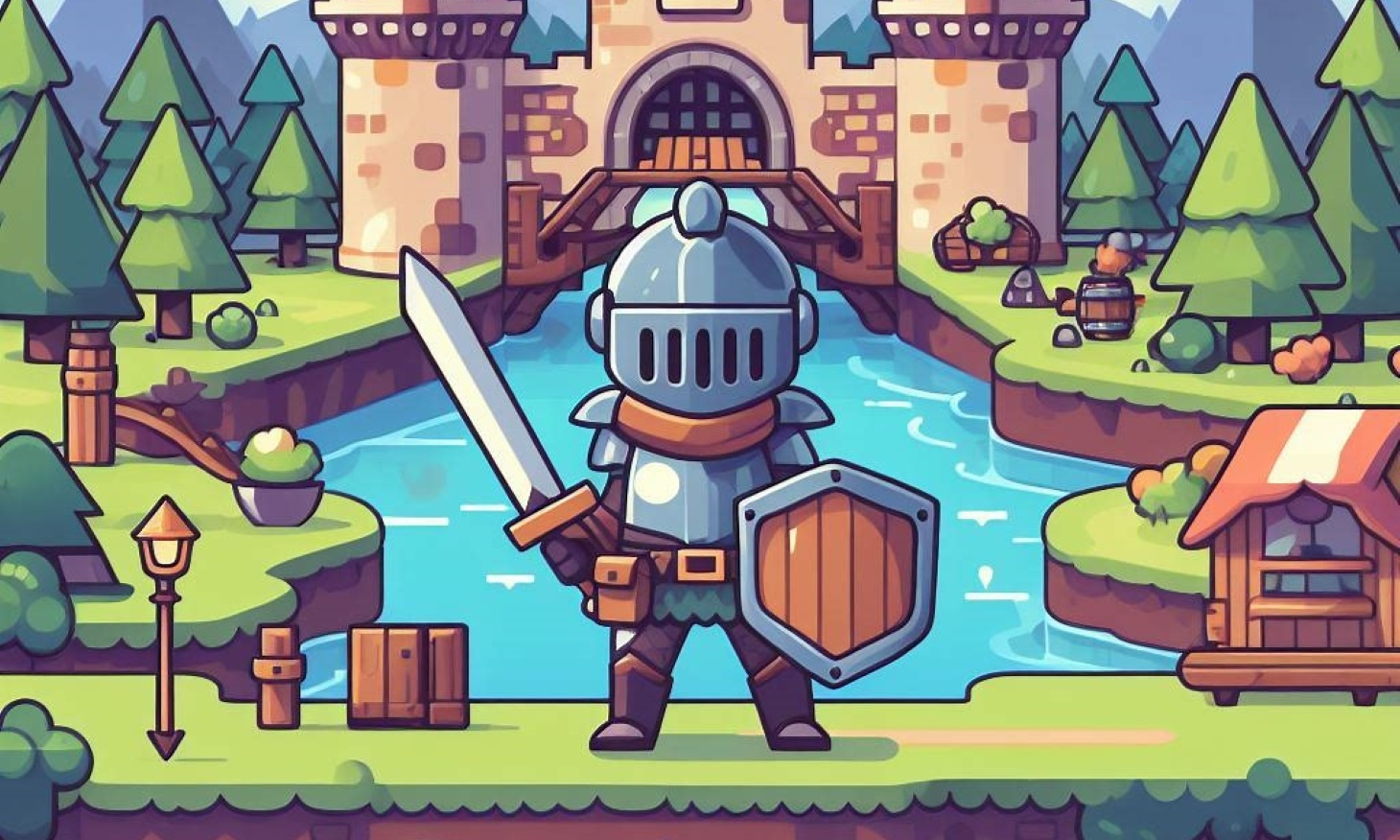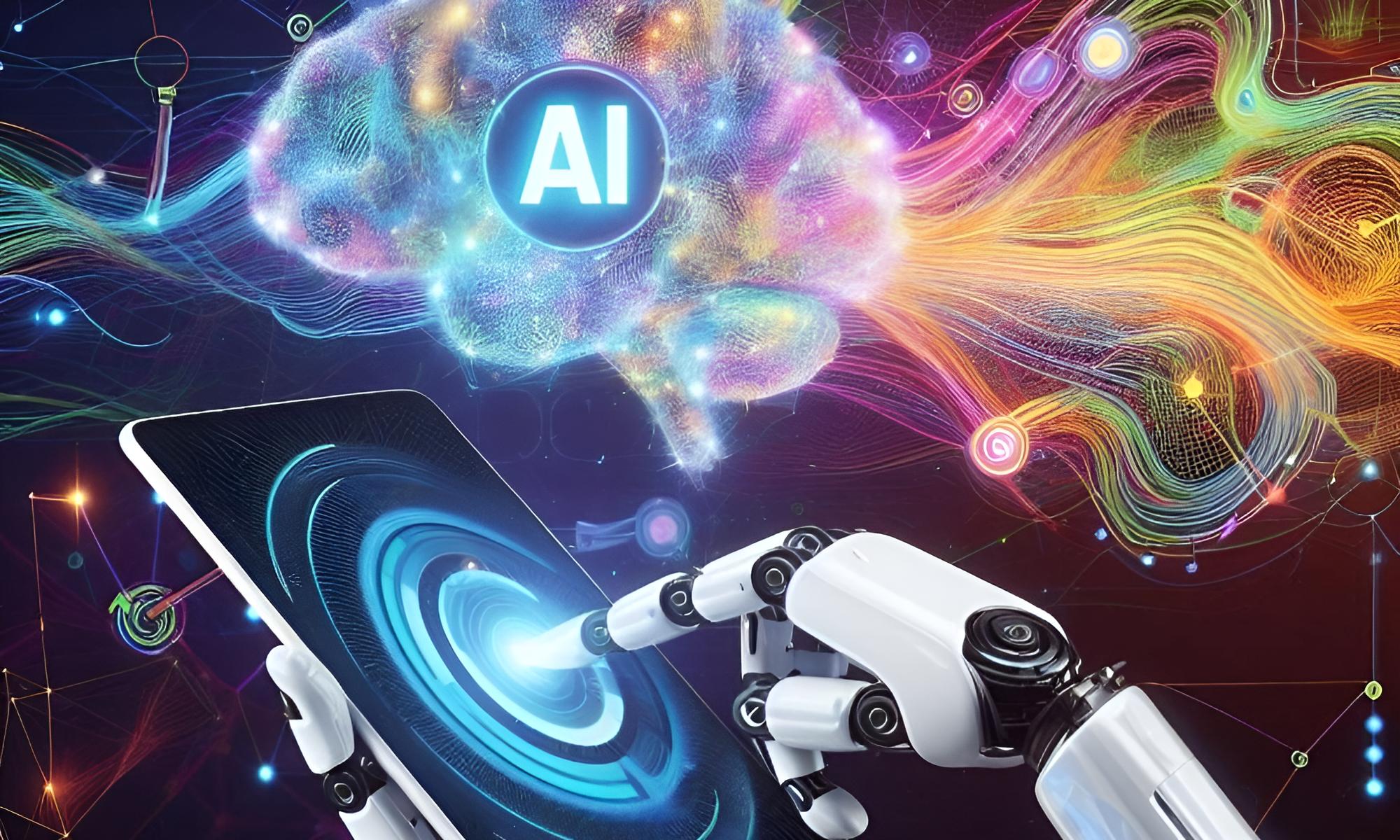What Are AI Generated Images and AI Photos? Artificial Intelligence Art 101

Over the past year or so, images generated by the so-called artificial intelligence (simply put as AI) have become truly fascinating. While causing a lot of controversy, these computer-generated visuals continue mixing technology and creativity into almost unbelievable pieces of AI-generated art.
In this blog post, we’ll explore the topic: what are AI-generated images?, how they are produced, their applications, and the benefits and challenges associated with them.
What Are AI Generated Images & How Do AI Generator for Pictures Work?

First and foremost, let’s see a simple-term definition of what they are.
An AI picture generator is a computer program that can create pictures at a user’s request. The process looks as follows: the user opens the program and enters a text prompt, and the program processes the given text and tries to create an AI image that matches the prompt as closely as possible.
This is how almost every text-to-image generator works, including Stable Diffusion, DALL-E 2, Midjourney, and the like.
In addition to the above, many programs can create AI images based on a given set of real photos or human art, making completely new visuals with an agreeing style and similar composition.
It All Comes Down to GANs
The whole process is based on the use of Generative Adversarial Networks (GANs), incredibly useful frameworks for working with AI-generated images.
What’s a framework?
Simply put, it’s a digital platform used as a foundation for developing programs.
A GAN consists of two neural networks, a generator and a discriminator, which work together as a whole AI-powered image generator, competitively performing their functions.
Okay, what are neural networks?
A neural network is a collection of algorithms that attempt to detect relationships in a certain data set using a method similar to how the human brain functions.
In this tandem, the generator creates AI images and the discriminator evaluates them. Thanks to the adversarial nature of this process, the overall quality of AI image generation keeps improving continually.
What Are the Best AI Generated Images by Trained AI Generator?
Of course, it’s not like every picture is made up and created from scratch.

To generate high-quality images, any AI model requires extensive training with large datasets first. Using machine learning algorithms, it analyzes each piece of data to be able to understand patterns, textures, and structures that are characteristic of real-world objects and scenes. In other words, the AI learns to generate images by understanding the commonalities and qualities of the input data.
Datasets (training data) can include photographs, illustrations, and other visual content—as long as it can be displayed on a screen, there’s nothing an AI cannot ‘see’ and study.
What Are AI Generated Image Applications?
Every day, illustrations created by artificial intelligence find more and more applications in a wide range of fields, including:
Art and Creative Expressions

Every other artist and creator today actively uses an AI image generator to find sources of inspiration, explore new forms of expression, or make simple but otherwise time-consuming corrections. Today, AI-generated artwork is even being exhibited in galleries and is blurring the lines between human and machine creativity.
Graphic Design and Marketing
An AI image generator has also been a helpful assistant for designers and marketers, who are using generated visuals for advertising campaigns, website design, and content creation. AI technology allows for the rapid generation of custom graphics and designs, saving time and resources allocated for the current development or marketing project.
Scientific Research and Simulations
Scientists can employ AI-generated images to simulate complex phenomena and get visuals for illustrative purposes—such as weather patterns, molecular structures, brain scans, and more. With these technologies used to create realistic images, every research and analysis process gets a significant boost.
Entertainment: Movies and Video Games

The AI image generation process has also been strongly linked to the entertainment industry. To cut the next movie’s budget and release it sooner, Hollywood leverages AI-generated images to create stunning visual effects that would otherwise cost a lot of time and money due to how expensive visual artists are.
A similar approach can be seen in video games: developers use images created by artificial intelligence in 2D and 3D modeling (prototyping concepts, photorealistic, abstract and pixel art, detailed textures, characters, maps, scenes, and so forth).
What Are Benefits and Challenges of AI Generated Images and Art?
Advantages of AI Image Generators
As seen in the examples above, AI systems for creating images have a lot of pros, including high efficiency and speed of production, cost-effectiveness, and unprecedented creativity. With the final image often requiring only a few corrections, they can produce a vast quantity of visually appealing materials. All it takes is a well-written text prompt, which reduces the time and effort dramatically.
Ethical Concerns: Copyright Issues and Potential Misuse
As useful as they are, AI images raise many ethical concerns, especially related to copyright. The thing is, it can be difficult to attribute authorship and/or ownership when an AI art generator is involved. Additionally, there is a risk of such images being misused for deceptive or harmful purposes.
Addressing Biases in AI-Generated Images
Despite the creator’s continuous attempts to filter out the data on which AI models are trained and make it less toxic, they are not immune to biases that may be present in the given data sets.
Unfortunately, it still often happens that an AI-generated image depicts content deriving from offensive stereotypes, prejudices, or misconceptions. Recognizing and addressing these biases remains a critical matter to ensuring a fair and inclusive image generation process.
Examples of What AI Image Generators Can Do

To showcase the unlimited potential, here are some notable examples:
- Restore Pictures: Using its vast knowledge gained during training, a neural network can do wonders with existing images: enhance a picture’s resolution, increase its overall quality, and even repair some missing parts.
- Edit Out Stuff: As opposed to the previous example, AI image generators can also leave out certain parts of original images. For instance, if you have a picture where something (or someone) spoils the overall composition, a program like DALL-E 2 can fix it for you.
- Create Realistic Photos from Selfies: When given a set of self-made pictures, an AI headshot generator can study them and produce photoreal business-like pictures that you can use in your resume, social media, or anywhere else.
- Generate Content for E-Commerce: Say, you have a product that needs a photo set right now. Feed its picture to a suitable AI tool, and it will create detailed images featuring this product from different angles, in different contexts, and with different backgrounds.
- Try On Clothes: Saw a nice jacket in an Instagram model’s post? Copy that picture, give it to an image generator together with a photo of you, and ask it to show how you’ll look wearing it. In an instant, it’ll perform neural style transfer and create entirely new images of you in this outfit.
AI-Generated Images: The Best Is Yet to Come?

Having opened up new avenues for creativity, efficiency, and innovation, AI image technology has also become a testament to the progress in the world of visual arts and design. As the innovations in AI photography and art continue to advance, we can expect more exciting developments to come along (and, unfortunately, even more controversy and even fewer AI proof jobs).
Regardless of how this trend with AI-generated images plays out, it’s an exciting time to explore this emerging medium and stay updated on the latest breakthroughs and applications in AI-generated visuals.